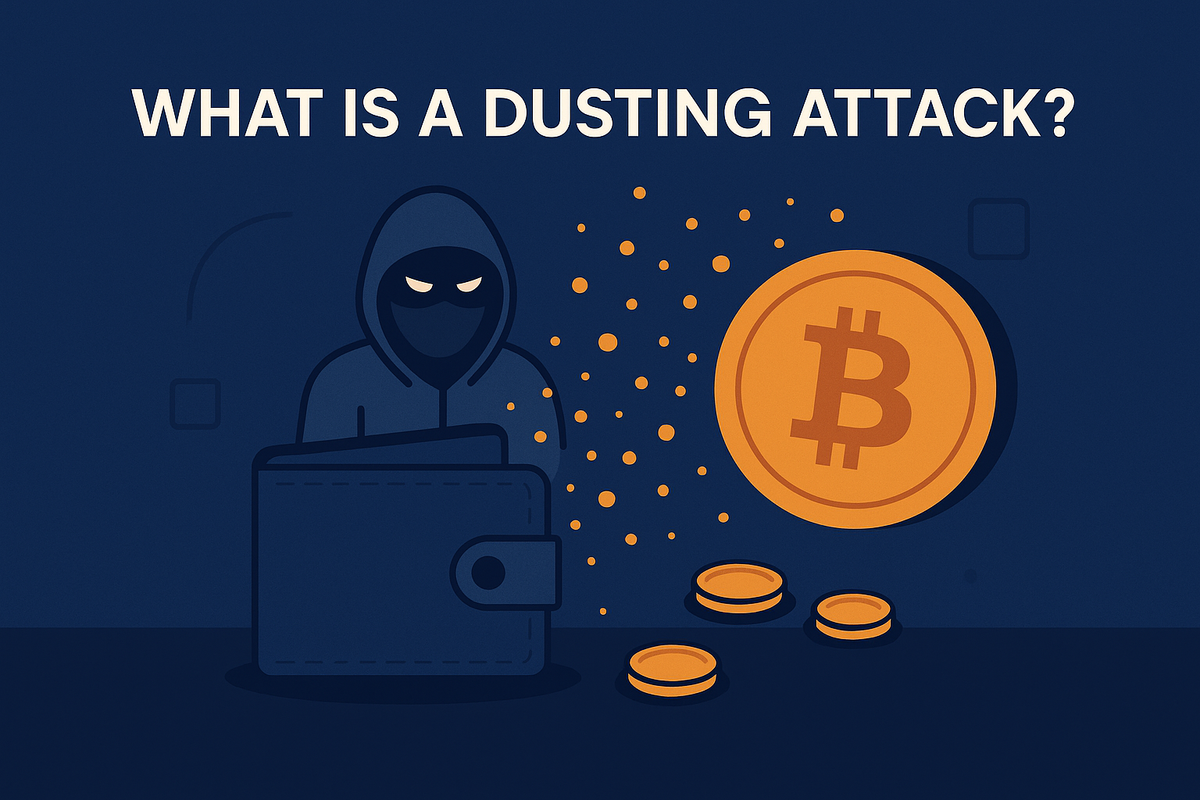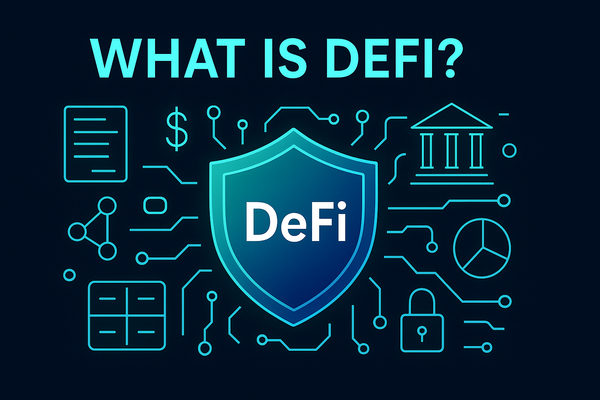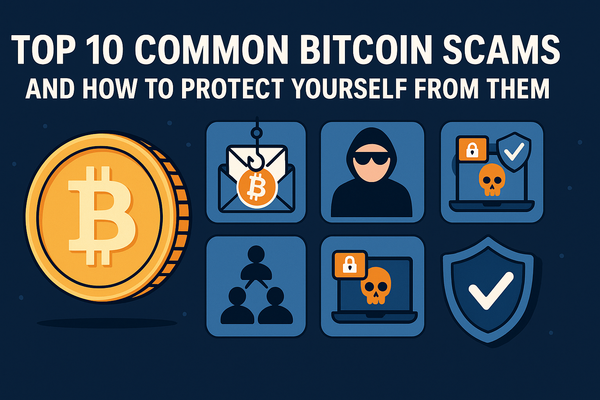What Is a Dusting Attack? How Tiny Crypto Deposits Threaten Your Privacy
Dusting attacks quietly threaten your crypto privacy by tracing wallet activity through tiny deposits. Learn how they work — and how to stay protected.

In the fast-evolving world of cryptocurrency, privacy and security are paramount concerns. While many users take measures to protect their identities and holdings, new threats continually emerge that exploit blockchain transparency. One such tactic is the dusting attack — a subtle but potentially dangerous method used to compromise the anonymity of crypto holders.
Unlike large-scale hacks or scams, dusting attacks operate quietly in the background. They often go unnoticed by victims until it's too late, making them particularly insidious. Understanding how dusting attacks work, the risks they pose, and how to protect yourself is crucial for anyone serious about safeguarding their digital assets.
This article breaks down the concept of dusting attacks in simple terms. We’ll explore what crypto dust is, how attackers leverage it, signs you might be targeted, and, most importantly, what you can do to stay safe. Whether you're a casual holder or an active trader, knowing about dusting attacks is an essential part of responsible crypto ownership.
What Is Crypto Dust?
Crypto dust refers to extremely small amounts of cryptocurrency — so small that they are often considered negligible in value. For example, on Bitcoin’s blockchain, dust might represent a few satoshis, which are fractions of a single Bitcoin. These amounts are typically too small to be used in a transaction because the network fees would exceed their value.
In everyday crypto activity, dust can accumulate naturally. Small leftovers from transactions or trades may remain in wallets, much like coins rattling around in a physical wallet. Most users simply ignore this dust, as it poses no immediate threat and holds little to no financial worth.
However, dust can also be weaponized. In the context of a dusting attack, malicious actors intentionally send tiny amounts of crypto to a large number of wallet addresses. Their goal isn’t financial — it’s strategic. By tracking how and where that dust moves, attackers attempt to link wallets together and uncover the identities behind them.
Understanding the difference between harmless leftover dust and suspicious dusting activity is a critical first step in protecting your privacy in the crypto space.
Understanding Dusting Attacks
A dusting attack is a deceptive tactic where malicious actors send minuscule amounts of cryptocurrency — known as "dust" — to multiple wallet addresses. At first glance, these tiny deposits seem harmless. However, the real threat lies in the attacker's next move: monitoring how recipients interact with the dust to trace wallet activity and deanonymize users.
Blockchains like Bitcoin, Ethereum, and Litecoin are transparent by design. Every transaction is recorded on a public ledger that anyone can analyze. Attackers exploit this transparency by sending dust to many wallets and then tracking future movements of those dusted funds. If a dusted wallet combines the dust with other funds during a transaction, the attacker can analyze patterns and link multiple addresses to a single user.
The primary motivation behind dusting attacks is usually to strip away the anonymity of crypto holders. Once identities are partially or fully exposed, attackers may launch targeted phishing scams, blackmail attempts, or other forms of social engineering. In some cases, dusting attacks are also conducted by blockchain analytics companies or government agencies aiming to gather intelligence.
Real-world examples show that dusting attacks have been used against Bitcoin holders, privacy coin users (like Monero or Zcash), and even businesses managing large volumes of crypto transactions. Although the dust amounts themselves are too small to cause financial harm, the data extracted from these attacks can have serious consequences.
Recognizing the mechanics and motivations behind dusting attacks is crucial for understanding why even the smallest, seemingly insignificant transaction can pose a privacy risk in the crypto world.
Mechanisms Behind Dusting Attacks
Dusting attacks rely on the open and traceable nature of blockchain networks. Every wallet address, transaction, and balance is publicly recorded, making it possible for attackers to track movements of even the tiniest amounts of cryptocurrency.
The attack typically begins with the distribution of dust — tiny fragments of crypto — sent from one or more addresses controlled by the attacker to hundreds or even thousands of unsuspecting wallets. Because dust amounts are below most users’ thresholds of concern, many recipients overlook the deposits entirely.
Once the dust is in place, attackers use sophisticated blockchain analysis tools to monitor wallet behavior. If a user consolidates their dust with other funds and initiates a transaction, it reveals a relationship between different wallet addresses. By piecing together these relationships, attackers can form a clearer picture of how funds are managed and potentially link wallets to real-world identities.
Advanced techniques like clustering analysis, address tagging, and heuristic tracing amplify the attackers' capabilities. Even privacy coins, while more resistant, are not entirely immune if users are careless with their spending patterns.
It's important to note that while dusting attacks do not directly compromise private keys or steal funds, they target the metadata surrounding transactions — the who, when, and how — which can be just as valuable for malicious purposes.
Understanding these mechanisms highlights why vigilance is critical, even when it comes to seemingly harmless amounts of crypto.
Risks Associated with Dusting Attacks
The primary danger of a dusting attack isn’t financial loss — it’s the compromise of your privacy. Once an attacker successfully links your wallet address to your real-world identity, a range of risks can emerge.
Phishing attacks are one of the most immediate threats. With knowledge of your holdings or trading habits, scammers can craft highly targeted and convincing phishing emails, text messages, or even phone calls aimed at stealing your funds or sensitive information.
Blackmail is another possibility. If attackers learn that you hold significant amounts of cryptocurrency, they may attempt to extort you, threatening to expose your holdings or personal information if demands aren’t met.
On a broader scale, dusting attacks can lead to psychological stress. Knowing that your transactions are being watched and that your identity may be exposed can create anxiety, forcing users to alter their behavior or reduce their engagement with crypto entirely.
Businesses that manage crypto assets face even higher stakes. Competitors or malicious actors could analyze dusted wallets to gain insights into business operations, client relationships, or internal financial flows.
In short, dusting attacks weaponize blockchain transparency, turning an open system into a tool for stalking, manipulation, and exploitation.
How to Identify a Dusting Attack
Spotting a dusting attack early can greatly reduce your risk of falling victim to privacy breaches. The first warning sign is receiving an unusually small and unsolicited crypto deposit, typically far below the minimum amount you'd expect from a legitimate transaction.
If you notice a tiny amount of crypto — often worth just a few cents or less — appear in your wallet without clear reason, treat it with suspicion. These deposits might come from addresses you don't recognize, and they often involve irregular transaction patterns, such as sending dust to hundreds or thousands of addresses simultaneously.
Wallet monitoring tools and apps with built-in anti-dusting alerts can help you stay aware. Some advanced crypto wallets will even automatically flag or isolate small incoming transactions that look suspicious.
It’s important not to move or consolidate the dust with other funds. Doing so can help attackers link your wallet activities and compromise your anonymity. Instead, if your wallet allows, mark the dust as unspendable or use privacy-enhancing tools before making any further transactions.
By staying alert to strange, tiny deposits and monitoring your wallet regularly, you can catch a potential dusting attack before it exposes sensitive information.
Preventative Measures and Best Practices
(Target: 250–300 words)
While dusting attacks can be stealthy, there are several effective strategies you can use to protect your privacy and security.
1. Use Hierarchical Deterministic (HD) Wallets:
HD wallets automatically generate a new address for each transaction. This makes it harder for attackers to trace activity back to a single identity, even if some addresses are dusted.
2. Enable Dust Alerts and Privacy Features:
Some crypto wallets offer settings that flag or quarantine suspiciously small deposits. Activating these features can help you identify and isolate dust before accidentally interacting with it.
3. Avoid Consolidating Funds Carelessly:
When you spend or move crypto, avoid lumping multiple small balances — especially unknown or dusted amounts — into a single transaction. Consolidating dust with your main funds provides valuable clues to attackers.
4. Use Coin Control Features:
Advanced wallets offer "coin control," letting you manually select which coins (or UTXOs) you want to spend. This allows you to deliberately avoid dusted inputs during transactions.
5. Employ Privacy Tools:
Using VPNs, TOR networks, and privacy-focused wallets (such as Samourai Wallet or Wasabi Wallet for Bitcoin) can significantly reduce traceability. Some wallets also offer transaction "mixing" or "coinjoin" services to further obscure your history.
6. Maintain Good Operational Security (OpSec):
Be cautious about sharing your wallet addresses publicly, even for donations or payments. Every piece of information you reveal can be used to build a profile against you.
7. Periodically Review Your Wallet Activity:
Make it a habit to audit your incoming and outgoing transactions. Promptly investigate any unexpected activity, even if it seems insignificant at first.
Staying vigilant and adopting these best practices can greatly diminish the effectiveness of dusting attacks, allowing you to maintain better control over your crypto privacy.
8. Choose Dust-Resistant Wallets:
Some modern crypto wallets are designed with dust protection features built in. These wallets can automatically detect and segregate dust transactions, preventing them from being accidentally combined with your main funds.
Features like "dust sweeping" and "UTXO management" help maintain your privacy without requiring constant manual monitoring. Choosing a wallet with strong dust-resistance capabilities adds an extra layer of defense against potential attacks.
What Is a Dusting Attack? FAQ
A crypto dusting attack sends tiny amounts of cryptocurrency to wallets in an attempt to trace and deanonymize users through blockchain analysis.
No, dusting attacks don't steal your funds directly but can expose your identity, making you vulnerable to scams and phishing attacks.
Watch for tiny, unexpected crypto deposits from unknown addresses and use wallets with dust detection features to get alerts.
Avoid moving the dust with other funds, monitor your wallet activity, and consider using privacy tools like coin control and mixing services.
Dusting attacks are relatively common, especially on popular blockchains like Bitcoin and Litecoin, as attackers seek to exploit public ledger transparency.





